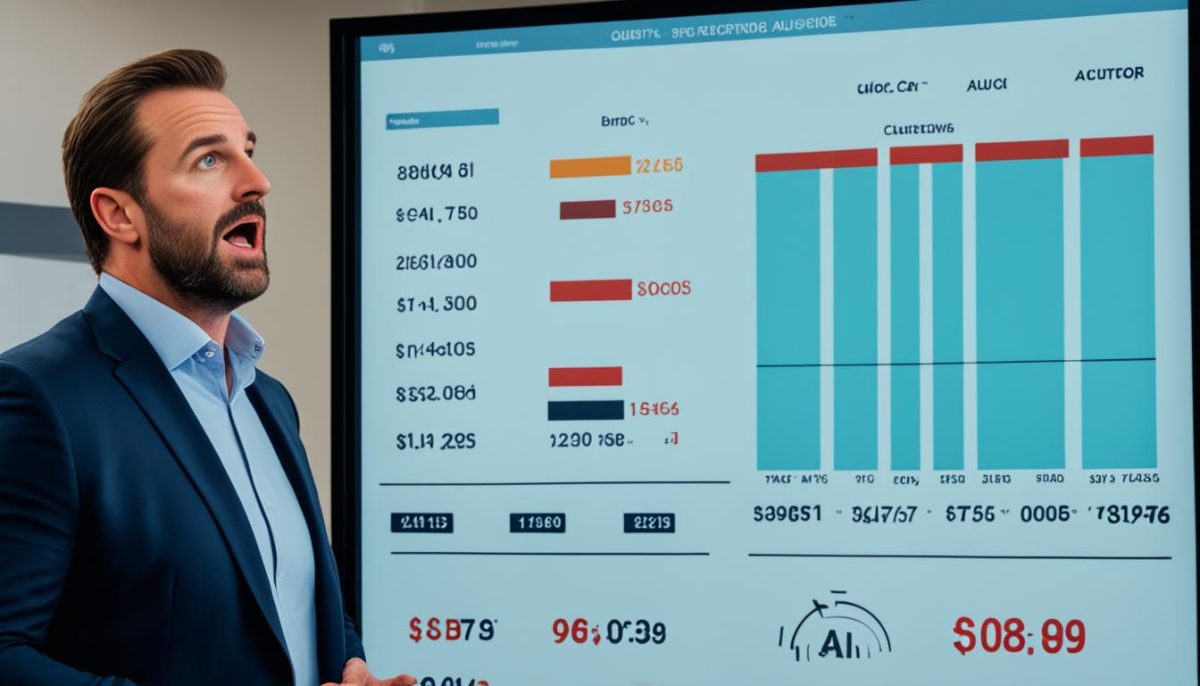What Does “Cap” Mean At Car Auction
In this section, we will explore the meaning of “cap” in the context of car auctions. If you’ve ever come across this term and wondered what it signifies, you’re in the right place. We’ll uncover its significance and provide you with valuable insights to enhance your understanding of car auctions.
Whether you’re a seasoned car auction enthusiast or a beginner looking to enter the world of car auctions, understanding the terminology used is crucial. Car auctions are fast-paced events where buyers competitively bid on vehicles, often with limited time and information. One term that often comes up during these auctions is “cap.”
So, what does “cap” mean at a car auction? Well, simply put, it refers to the maximum bid amount that a buyer is willing to pay for a vehicle. This predetermined cap sets a limit on how much a bidder is willing to spend and prevents them from overpaying in the heat of the moment.
Now that you know what “cap” means at a car auction, it’s important to understand the various factors that can influence this limit. Each bidder’s cap depends on their budget, the condition of the vehicle, its market value, and their personal preferences. It’s essential to research and assess these factors beforehand to determine a realistic and reasonable cap for yourself.
As you delve further into the world of car auctions, it becomes evident that auction lingo plays a significant role. In the next section, we will decode some common auction terms to help you navigate these events confidently and effectively.
Decoding Auction Lingo
In the fast-paced world of car auctions, understanding the unique lingo can be the key to success. If you’ve ever felt lost among terms like “hammer price” or “proxy bid,” don’t worry – we’ve got you covered. In this section, we’ll break down the commonly used auction terms and explain their significance in the context of car auctions.
Auction Lingo Demystified
- Hammer Price: The final bid amount at which the auctioneer’s hammer falls, signifying the winning bidder and the price at which the item is sold.
- Reserve Price: Also known as the “minimum bid,” this is the confidential price set by the seller below which they are not obligated to sell.
- Proxy Bid: A pre-set maximum bid amount placed by a bidder, allowing the auction software to automatically increase their bid incrementally to maintain the lead.
- Lot: An item or group of items offered for sale as a single entity in an auction.
- Mint Condition: Used to describe a vehicle or item in pristine condition, often indicating little to no wear, damage, or flaws.
- As Is: An auction term indicating that the item is sold in its current condition, potentially without warranty or recourse for the bidder.
Now that we’ve decoded some essential auction lingo, let’s focus on a term that often comes up in car auctions – “cap.”
Cap – In the context of car auctions, “cap” refers to the maximum price limit set by a bidder for a specific vehicle. Setting a cap allows bidders to control their budget and avoid overspending. When the bidding reaches the cap, the bidder will no longer participate in the auction for that particular item.
Understanding the concept of “cap” is crucial when strategizing your bidding approach. It enables you to determine your budgetary boundaries and ensures you avoid exceeding your desired spending limit.

Bidding Strategies and Cap Limitations
Welcome to the exciting world of car auctions, where strategic bidding can make all the difference in securing the vehicle of your dreams. In this section, we will explore effective bidding strategies that can help you navigate the auction process and increase your chances of success. However, it’s important to understand that auctions also come with their own set of limitations, particularly when it comes to the concept of “cap.”
Before we delve into bidding strategies, let’s briefly discuss the concept of cap in car auctions. The cap refers to the maximum bid amount that a seller sets for a vehicle. This ensures that the final selling price of the car does not exceed a predetermined limit. While caps help maintain transparency and control in the auction process, they can pose certain limitations for buyers.
One key limitation is that the cap prevents bidders from placing bids above the specified limit. This means that if a vehicle’s value exceeds the cap, you may not be able to secure it, regardless of how much you’re willing to pay. Understanding this limitation is crucial in planning your bidding strategy and setting realistic expectations.
When it comes to bidding strategies, there are several approaches you can take to optimize your chances of success:
- Research and Preparation: Before participating in a car auction, conduct thorough research on the vehicles you’re interested in. Familiarize yourself with their market value, condition, and any potential issues that may affect the bidding process. This knowledge will empower you to make informed decisions and bid strategically.
- Set a Budget: Determine your budget before entering the auction. Consider the vehicle’s estimated value, your financial capacity, and any additional expenses such as repairs or transportation. Setting a budget will help you avoid overbidding and ensure you stay within your financial means.
- Observe and Learn: Attend a few auctions as an observer to understand the dynamics, bidding patterns, and strategies employed by experienced bidders. This firsthand experience will provide valuable insights and help you refine your own approach.
- Bid with Confidence: When it’s time to place your bids, exude confidence and assertiveness. This can discourage competitors and position you as a serious bidder. However, be sure to stick to your predetermined budget and avoid getting caught up in bidding wars that may exceed your limitations.
- Timing is Key: Timing plays a crucial role in auctions. Consider placing your bids strategically, placing them well ahead or just before the auctioneer’s hammer falls. This can help minimize competition and increase your chances of success.
By implementing these bidding strategies and staying mindful of cap limitations, you can enhance your chances of securing the car you desire at a price that aligns with your budget. Remember, successfully navigating auctions requires a combination of research, preparation, and strategic decision-making.

| Bidding Strategies | Benefits |
|---|---|
| Research and Preparation | Empowers you to make informed decisions |
| Set a Budget | Avoid overbidding and stay within your financial means |
| Observe and Learn | Gain valuable insights from experienced bidders |
| Bid with Confidence | Position yourself as a serious bidder |
| Timing is Key | Minimize competition and increase your chances of success |
Smart Bidding with Cap Mean Car Auction
When it comes to car auctions, smart bidding is the key to success. And at Cap Mean Car Auction, understanding the concept of “cap” can give you a significant advantage.
So, how do you bid smartly with Cap Mean Car Auction? It’s all about using your knowledge of the “cap mean car auction” concept to your advantage. By setting a cap – a maximum amount you’re willing to bid – you can ensure that you don’t exceed your budget while still securing a great deal.
But smart bidding goes beyond just setting a cap. It’s about being strategic and confident in your bidding approach. Research the vehicles you’re interested in, evaluate their market value, and analyze previous auction results. This will help you determine the right moment to place your bid and increase your chances of success.
So, if you’re ready to take your bidding game to the next level, embrace smart bidding with Cap Mean Car Auction. By understanding the “cap mean car auction” concept and implementing proven strategies, you’ll be on your way to securing the best deals and driving away with your dream car.




